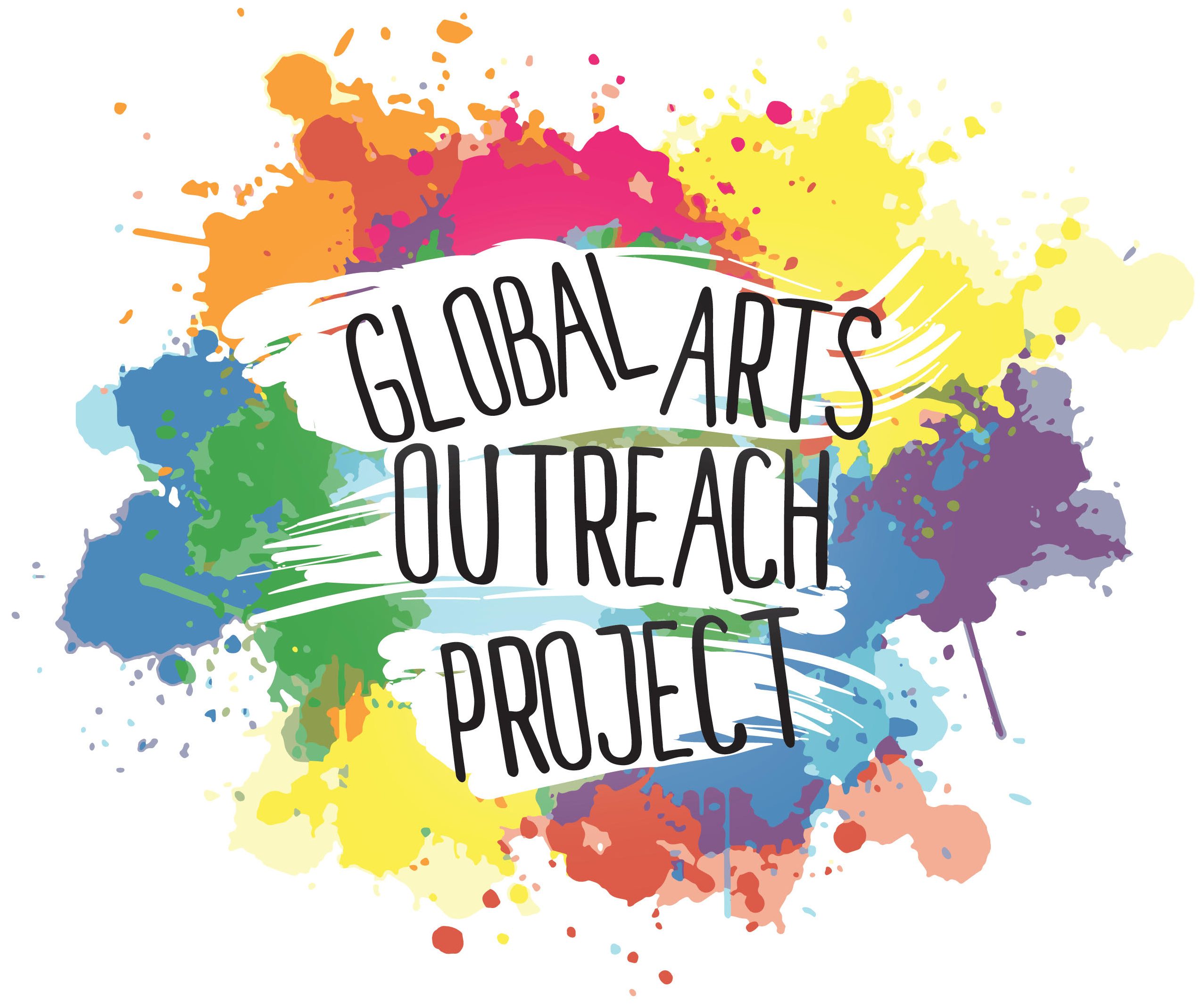Art, as an act of creative engagement is a vital part of what it means to be human. Engaging with art can help us to access our own narratives offering an opportunity to express and interpret the world through a personal lens.
Having spaces to collectively express our unique identities can encourage more positive and enlightened ways of connecting to ourselves and others. Not only does the creation of art enhance the development of critical thinking skills, verbal communication and innovative thinking, it has an innate ability to speak to the core of who we are and can root us in a sense of trust, in ourselves and in those around us.
From my own experience working creatively with teenagers who had not had much exposure to art, the subjective and independent decision making needed to create art has often been met with fear, or despondency. Sometimes the work has been thrown in the bin before it has even begun, accompanied with a comment such as “I did it wrong. I am no good at art.”
When working collaboratively in supportive creative spaces, feelings of initial frustration or despondency can be channeled and transformed. Productive experimentation in a supportive space can remind us that life is far more complex than ‘getting it right or wrong’ and the process of creative experimentation can help to loosen rigid thinking about ourselves and the world, whilst opening us up to our own vulnerabilities. In such environments so called ‘mistakes’ can be utilised as starting points for new discoveries and further discussion, encouraging others to express themselves, as emotions are collectively validated and voices are heard, or even discovered for the first time.
‘Getting things wrong’ or fearing failure, is a common reaction when we try something new, and many have been educated in systems that are often, and sometimes excessively based around formal testing.
On the more excessive end of the scale this can lead to feelings of anxiety, self esteem issues or a desire to give up. Harnessing ‘mistakes’ and vulnerabilities can forge routes into new and exciting discoveries, acting as a vital reminder that these experiences are just a natural part of every learning process, and that it is not necessarily about how good one is at an activity, but the taking part that really holds value.
Having a space to open up to and own our experiences can help to strengthen the will and develop the courage to push forward with ones work. Holding space for young people to develop the motivation, resilience and strength necessary to complete their work, creates dynamic productive atmospheres, where one and all can be surprised and delighted through discoveries and achievements.
Environments where we thrive and feel heard create knock on effects that ripple through all aspects of life, promoting a sense of positive well-being. The association of an activity with positive outcomes, reinforces the experience. I have witnessed first hand how young people consistency truant from school would be punctual for their art sessions; gradually making better decisions for themselves, both in terms of their own conduct in the group, and in terms of taking their independent project work more seriously. What was once frustration could not only be transformed into the will, focus and the patience to complete their work, but also into a strong desire to discuss and display the work.
Providing creative spaces where groups can creatively bond through shared interests and ideas whilst opening up to new techniques, helps us to develop as well rounded individuals. These spaces provide joy through self discovery whilst developing self esteem through creative development. The encouragement of creative social engagement through such spaces also give young people an opportunity to say to friends, family and to the wider community, “this is who I am!”
